
Backend Developers in 2025: The Greatest Challenges
Mar 28, 2025 4 Min Read 5214 Views
(Last Updated)
In 2025, backend developers face an evolving landscape filled with both opportunities and challenges. As the backbone of digital services, their work impacts the efficiency, scalability, and security of applications worldwide. This blog post explains backend developers’ greatest challenges — from mastering new technologies and optimizing performance to ensuring data privacy and integrating AI.
With the tech world moving at breakneck speed, staying ahead is more important and challenging than ever. Let’s explore these hurdles and the strategies to overcome them, paving the way for innovation and success in the field of backend development.
Table of contents
- What is Backend Development?
- The Greatest Challenges for Backend Developers in 2025
- Challenge 1: Keeping Up with New Technologies
- Challenge 2: Scalability and Performance Optimization
- Challenge 3: Ensuring Data Privacy and Security
- Challenge 4: Integration of AI and Machine Learning
- Challenge 5: Cloud Computing and Serverless Architectures
- Challenge 6: Managing Microservices and Distributed Systems
- Conclusion
- FAQs
- What are the main challenges faced by backend developers in 2025?
- How can backend developers keep up with new technologies?
- Why is scalability and performance optimization a challenge for backend developers?
What is Backend Development?
Backend development refers to server-side development focused on databases, scripting, and the architecture of websites. It operates behind the scenes, enabling the user-facing side of websites and applications (the front end) to function by managing data exchange between the server, the application, and the user.
Backend developers work on servers, databases, and application logic, building and maintaining the technology that powers the components which, together, enable the user experience on the front end, even if the user never directly interacts with that technology.
Also Read: Frontend vs Backend Development: Top 7 Differences
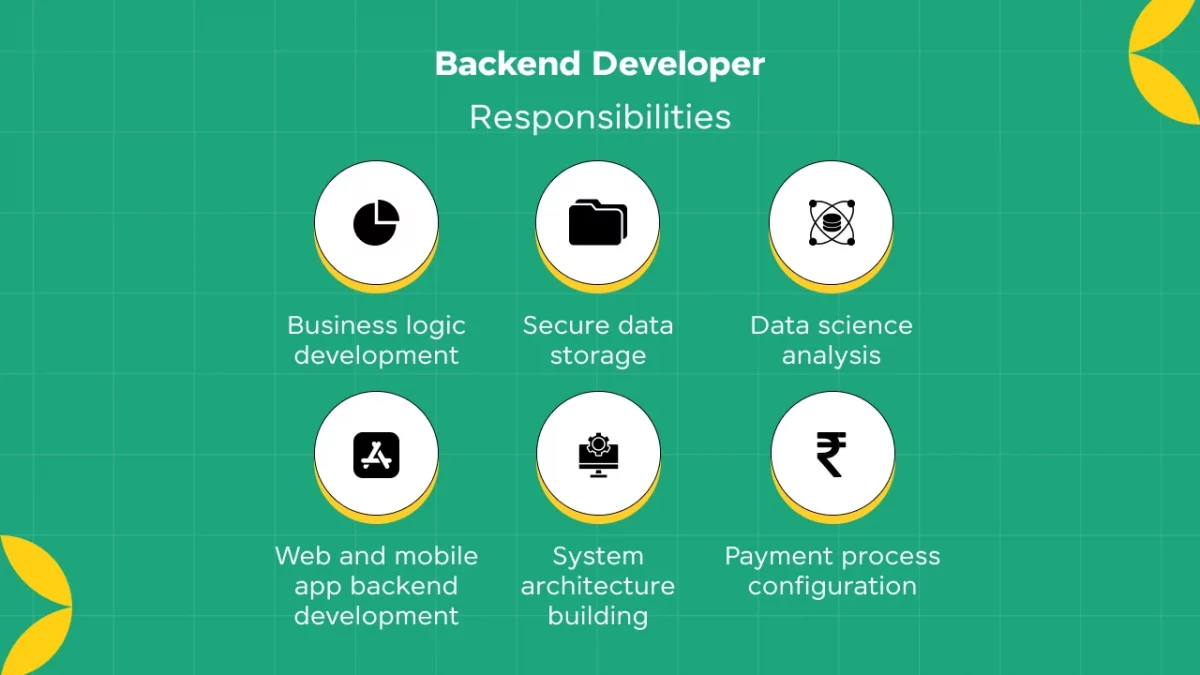
Key aspects of backend development include:
- Programming Languages and Frameworks: Backend developers use various programming languages such as Java, Python, Ruby, PHP, .NET, and Node.js, along with frameworks that simplify the development process by providing libraries and tools. The choice of language and framework often depends on the specific requirements of the project, such as performance, scalability, and the developer’s expertise.
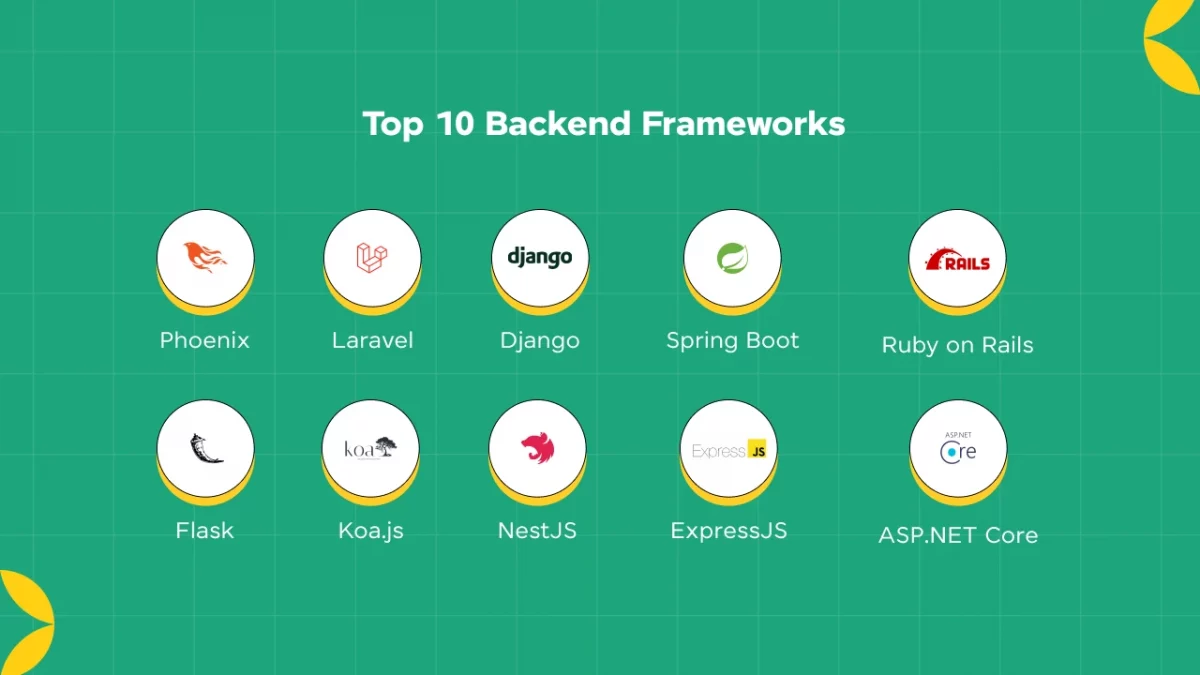
- Databases: Efficient data storage and retrieval are important for the functionality of web applications. Backend developers design, manage, and interact with databases (both SQL databases like PostgreSQL and MySQL, and NoSQL databases like MongoDB) to store, fetch, and manipulate data.
- Server Management: Backend development involves configuring and managing servers, which can be physical servers or virtual ones hosted in the cloud. This includes setting up the server’s architecture, maintaining its reliability and speed, and ensuring security measures are in place.
- API (Application Programming Interface) Development: APIs play an important role in backend development, enabling different software applications to communicate with each other. Backend developers create and manage APIs that allow the front end of the application to access server-side data and functionality.
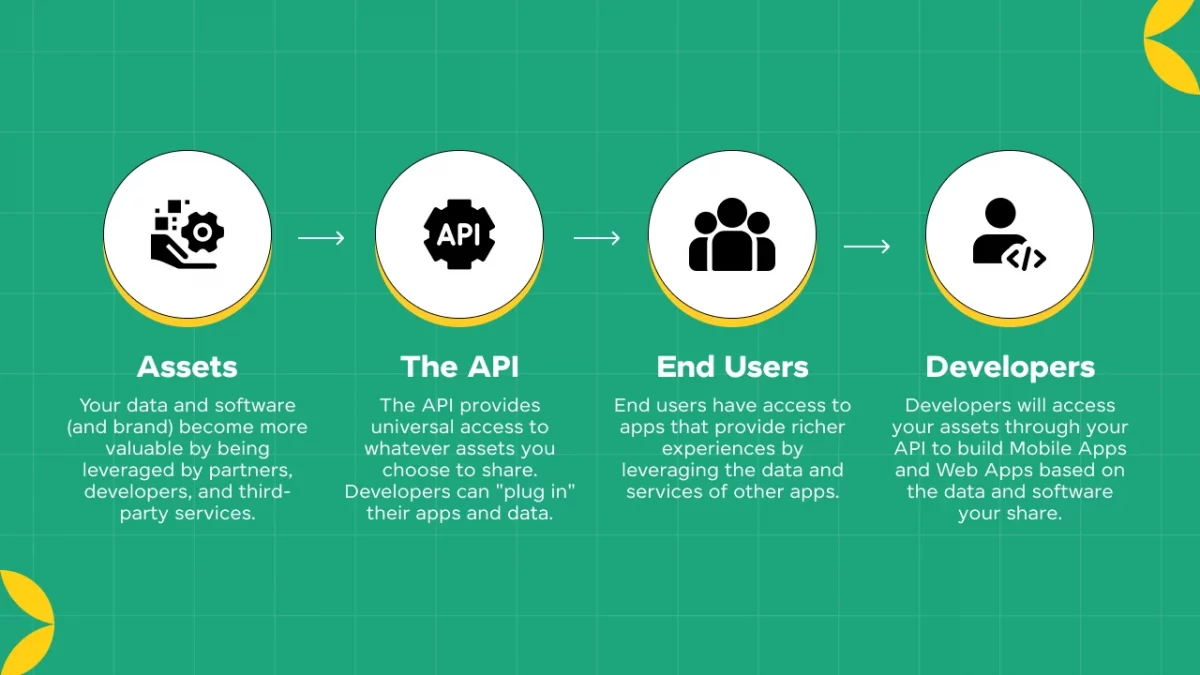
- Security: Ensuring the security of the application and its data is an important aspect of backend development. Developers implement various security measures such as data encryption, user authentication, and authorization to protect against unauthorized access and potential security threats.
- Data Modeling: Backend developers design data models to structure and organize data in ways that support the efficient operation of the application. This involves careful planning to ensure the database supports the application’s needs as it grows.
Backend development is an important component of web and software development that focuses on the server side, dealing with databases, server configuration, API integration, and application logic. It’s about creating the foundation that allows web applications to run smoothly, securely, and efficiently.
Also Read: Backend Development Roadmap: A Complete Guide
Having explored what backend development is all about, let’s understand the greatest challenges backend developers face in 2025.
The Greatest Challenges for Backend Developers in 2025
The field of backend development is undergoing rapid and transformative changes, pushing developers to navigate an increasingly complex landscape. In 2025, several challenges stand out, demanding attention, adaptation, and a proactive learning approach from professionals. Let’s explore these challenges and explore the strategies to address them.
Challenge 1: Keeping Up with New Technologies
The tech landscape is evolving at an unprecedented pace, with new programming languages, frameworks, and tools emerging regularly. Backend developers are under constant pressure to adapt to these changes to remain competitive and meet the ever-evolving demands of the market. This rapid evolution can be overwhelming, making it difficult for developers to decide which technologies are worth investing time in learning.
Strategies to Overcome:
- Continuous learning is key.
- Developers should allocate regular time slots each week for learning and experimentation.
- Using online platforms like GUVI can provide structured learning paths on new technologies.
- Joining tech communities and attending workshops, webinars, and conferences can also offer insights into industry trends and peer recommendations on technologies worth pursuing.
- Moreover, contributing to open-source projects can offer hands-on experience with new tools and practices.
Also Read: What Does a Top Backend Developer Do? The Ultimate Guide
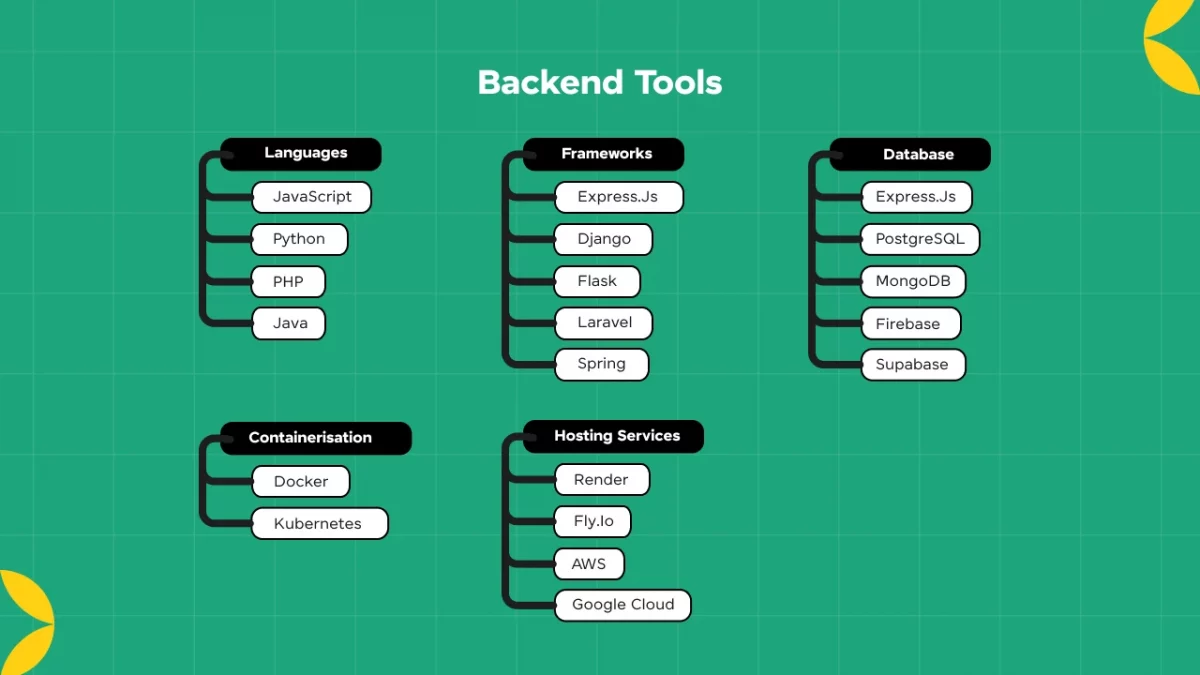
Challenge 2: Scalability and Performance Optimization
As applications grow, they must handle increasing loads without compromising performance. This requires scalable architectures that can expand in response to growing user demand. However, designing systems that scale efficiently is complex, involving intricate decisions about database management, resource allocation, and service distribution.
Strategies to Overcome:
- Embracing scalable cloud services and considering architecture patterns like microservices can help manage scalability.
- Implementing caching, load balancing, and database indexing can improve performance.
- Regularly monitoring application performance and conducting load testing can identify potential bottlenecks before they impact users.
- Tools like Prometheus for monitoring and Terraform for infrastructure as code can automate and simplify scalability and performance optimization processes.
Also Read: Job Description of a Backend Developer: A Simplified Guide
Challenge 3: Ensuring Data Privacy and Security
With increasing cyber threats and strict data privacy regulations, ensuring the security and privacy of user data is important. Backend developers must implement robust security measures to protect against attacks and comply with laws like GDPR and CCPA. This involves securing data at rest and in transit, managing access controls, and regularly updating systems to mitigate vulnerabilities.
Strategies to Overcome:
- Adopting a security-first mindset and following best practices like the principle of least privilege for access control, data encryption, and regular security audits can bolster security.
- Utilizing frameworks and libraries known for their security features can also reduce vulnerabilities.
- Staying informed about the latest security threats and compliance requirements through resources like OWASP and GDPR guidelines, and attending security-focused workshops and training sessions, can further enhance a developer’s ability to safeguard data.
Also Read: Backend Developer Salary in India & USA
Challenge 4: Integration of AI and Machine Learning
Incorporating AI and ML into applications can significantly enhance functionality and user experience but integrating these technologies requires specialized knowledge in data science and machine learning models. Backend developers face the challenge of bridging the gap between traditional backend development and the specialized field of AI/ML, often requiring collaboration across different teams.
Strategies to Overcome:
- Cross-disciplinary learning and collaboration are important.
- Backend developers can greatly benefit from foundational courses to grasp the basics. To learn these essential skills, join GUVI’s Full Stack Development Course. It’s a comprehensive program aimed at backend developers who want to expand their knowledge, ensuring they stay ahead in the rapidly evolving technology.
- Partnering closely with data scientists and AI specialists can facilitate knowledge exchange and smoother integration of AI/ML models into the backend architecture.
- Utilizing cloud-based AI services and machine learning APIs can also streamline the incorporation of intelligent features into applications without the need for deep expertise in building and training models.
Also Read: Master Backend Development With JavaScript | Become a Pro
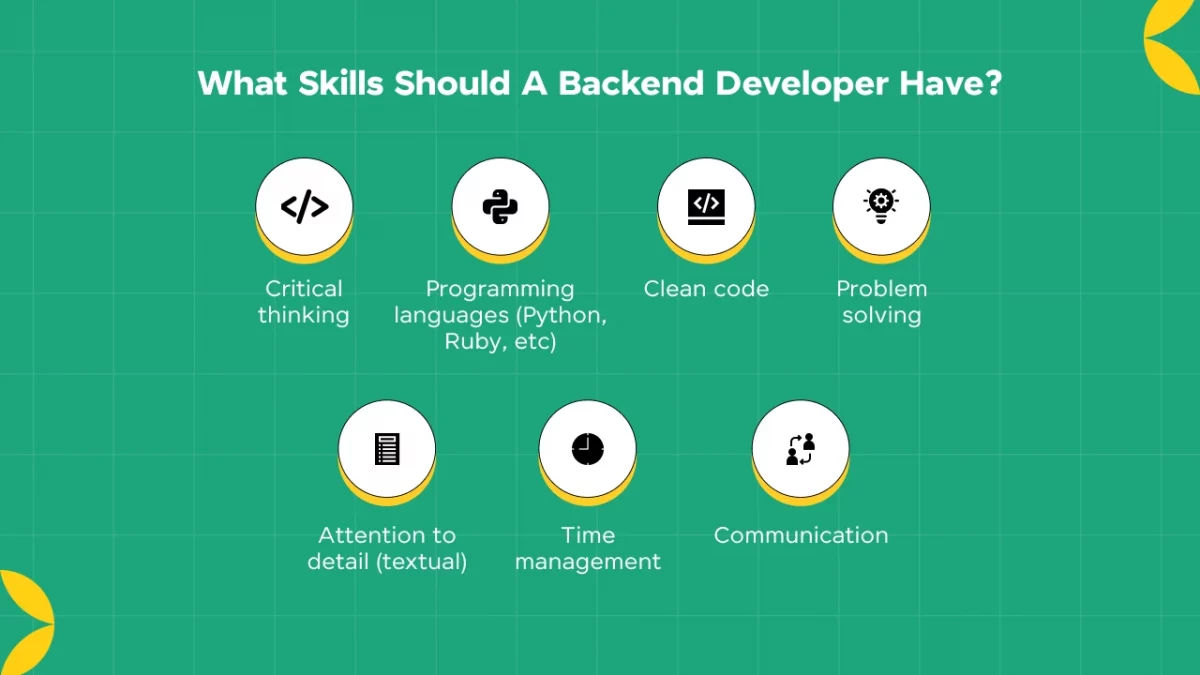
Challenge 5: Cloud Computing and Serverless Architectures
The shift towards cloud computing and serverless architectures offers scalability and cost efficiency but requires developers to adapt to new paradigms of building, deploying, and managing applications. This includes understanding cloud service models, managing stateless applications, and optimizing resource utilization and cost in a pay-as-you-go model.
Strategies to Overcome:
- Gaining proficiency with cloud platforms through official certification programs (e.g., AWS Certified Solutions Architect, Google Cloud Certified) can provide a solid foundation.
- Experimenting with serverless architectures in side projects or pilot programs can offer practical experience.
- Utilizing infrastructure as code (IaC) tools like AWS CloudFormation or Terraform can help manage and provision cloud resources more efficiently, making the transition smoother and more manageable.
Also Read: Promising Scope of Cloud Computing
Challenge 6: Managing Microservices and Distributed Systems
Transitioning from monolithic to microservices architectures enhances scalability and flexibility but introduces complexity in managing numerous, loosely coupled services. Challenges include ensuring consistent communication across services, maintaining data integrity, and orchestrating deployments and updates without downtime.
Strategies to Overcome:
- Implementing an API gateway can simplify interactions between microservices and external clients.
- Adopting container orchestration platforms like Kubernetes can automate the deployment, scaling, and management of containers, making it easier to manage microservices.
- Employing distributed tracing and monitoring tools such as Jaeger and Prometheus can provide visibility into system performance and help identify issues quickly.
- Regular training and adopting best practices in microservices architecture can also equip developers with the necessary skills to manage distributed systems effectively.
Also Read: Top 7 Back-End Developer Skills You Should Know
In addressing these challenges, backend developers in 2025 must embrace a mindset of continuous learning, adaptability, and collaboration. Engaging with the community, staying ahead of emerging trends, and applying best practices will be key to navigating the complexities of modern backend development.
Conclusion
Embrace the challenges of 2025 as stepping stones towards professional growth and innovation. By committing to continuous learning and staying adaptable, developers can not only navigate the complexities of today’s tech landscape but also shape the future of backend development. The road ahead is filled with potential—let’s meet it with enthusiasm and a willingness to explore, learn, and innovate.
Must Explore: Backend Developer Interview Questions and Answers: A Resourceful Guide
FAQs
Backend developers in 2025 face several significant challenges, including:
Keeping up with rapid technological advancements.
Optimizing applications for scalability and performance.
Ensuring stringent data privacy and security.
Integrating artificial intelligence and machine learning.
Adapting to cloud computing and serverless architectures.
Managing microservices and distributed systems.
Backend developers can stay updated by dedicating time for continuous learning through online courses, attending workshops and tech conferences, participating in developer communities, and experimenting with new tools and technologies in their projects.
The challenge lies in designing systems that can scale seamlessly with demand, which involves a deep understanding of both the application’s architecture and the underlying infrastructure.






















![What Does a Front End Developer Do? A Beginner’s Guide [2025] 7 Feature image - What does a Front End Developer do A Complete Guide](https://www.guvi.in/blog/wp-content/uploads/2024/02/Feature-image-What-does-a-Front-End-Developer-do-A-Complete-Guide.webp)

![Top React Interview Questions and Answers! [Updated] 9 React Interview Questions](https://www.guvi.in/blog/wp-content/uploads/2022/01/Top-React-Interview-Questions-and-Answers.webp)

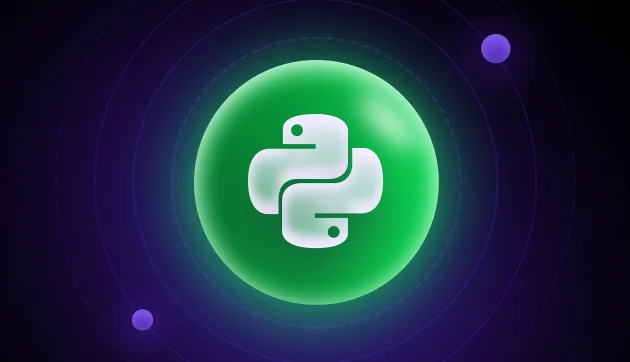


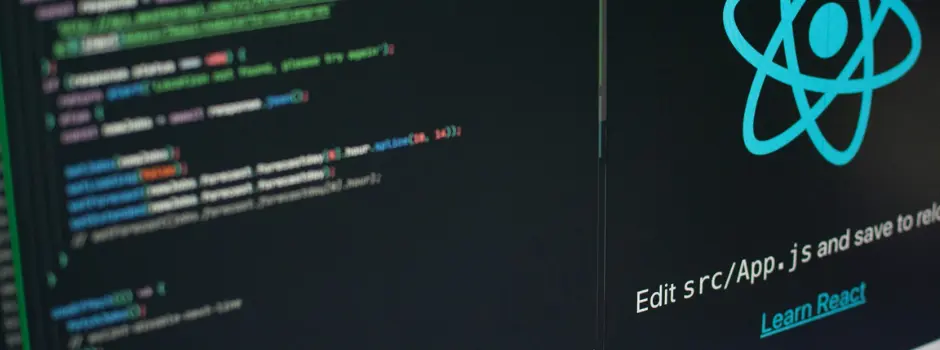

Did you enjoy this article?